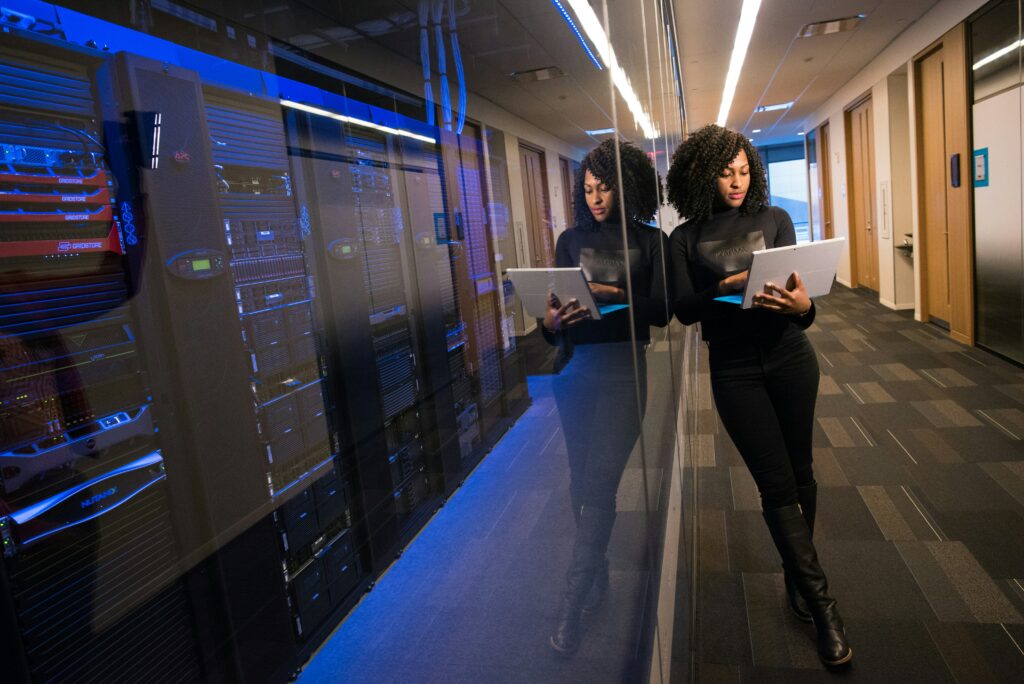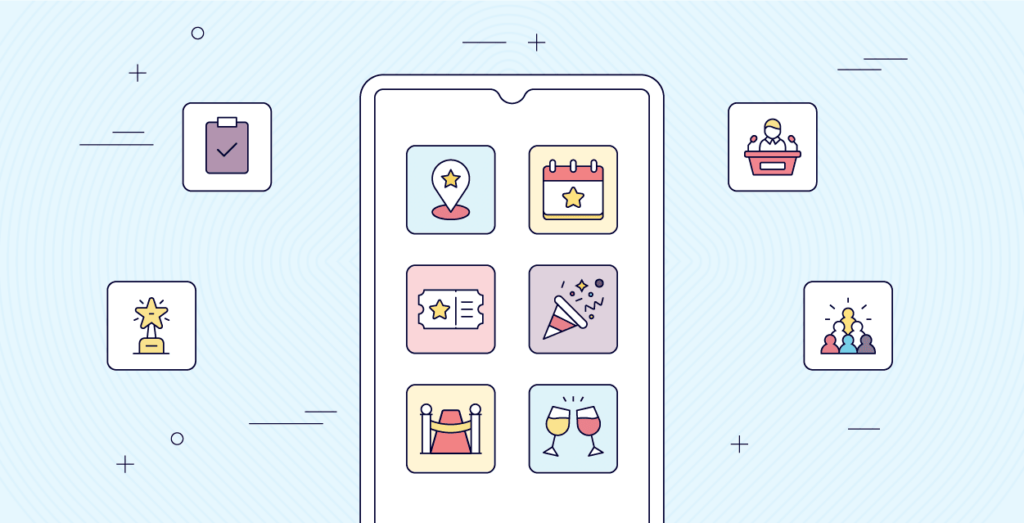
Proxies are a tool that transforms the web traffic of a device and technically renders the user invisible. Individuals use them to hide their online activity and bypass geo-restrictions. Businesses use them to support their market and competitor research, amongst other things.
Read on to learn the features of a proxy and the advantages they confer on a business’s research efforts.
Key Features of a Proxy
Proxy servers are intermediaries between devices and the servers of websites. Due to their position in the online data transmission cycle, they accept requests from devices. The requests are then passed onto the destination server. They do the same job mediating responses from the destination server to the device.
However, the proxy server belongs to an IP address different from the device’s. As such, there is a difference in the perception of the user’s online traffic. Here are some of the features of a proxy server that helps it transform user traffic:
- Location masking. As stated earlier, a proxy server has a different IP address than a device. The traffic appears to come from whatever address belongs to the proxy rather than from the device. As such, the website server sees requests as coming from another location. Paid proxy servers help further the ruse by providing many possible locations and IP addresses to choose from.
- Bandwidth control. A typical proxy can cache content from frequently visited web pages. Due to this, they can help manage and optimize bandwidth. Caching the content helps reduce the loading speeds when users visit such pages. Consequently, they reduce the load on the website’s servers as well.
- Anonymity. Proxies change and obscure the IP addresses on web requests and simulate connectivity from new locations. In turn, their activity hides the digital footprint of their users. This means that trackers and websites cannot link previous activity to current activity. Thus, such a user’s identity remains unknown. There are many levels of anonymity, though, and paid proxy servers generally provide the highest.
- Access control. Proxies can control who can access content and from where. This feature is ideal for companies looking to police their employees’ online activity. Similarly, parents can utilize the same feature to filter the online content they expose their kids to.
Advantages of Proxies in Business
Thanks to the features above, proxies have lots of benefits businesses can enjoy by using them. Here are some of the reasons businesses integrate proxies into their operations:
- The potential for objective research. Objective research requires comprehensive data. Such data should ideally encompass the study of market dynamics as well as of competitors. Unfortunately, such data might not always be within reach without compromising the identities of the researching party. Cue paid proxy servers. Paid proxies are perfect for the task, thanks to their elite anonymity and the opportunity to employ rotating proxies.
- Potential for global research and presence. The biggest advantage of proxies to any user is the locations at your disposal. Paid proxy servers provide more locations than most. The most reliable proxies provide almost global coverage. Companies employing paid proxies can theoretically conduct nearly global data collection. Similarly, they can localize and monitor global marketing campaigns. They can even monitor global customer sentiments. With proxies, there are no borders, digitally or otherwise.
- The presence of an added layer of security. Not all proxies provide encryption. Some that do usually do not offer advanced encryption. However, even without encryption, paid proxy servers add extra security to online activities. For one, their hiding of IP addresses helps protect identities. Furthermore, some businesses use them to allocate and provide digital resources to remote workers. Such allocations make use of dedicated IP addresses as a form of authentication.
Use Cases of Proxies
Combine the features and advantages of proxies to businesses, and you get actual use cases where they have been valuable. Here are some ways paid proxy servers have come good for businesses:
- Market research. Here comes the research angle again. Businesses use paid proxies to facilitate data scraping exercises and aid their research efforts. Alternatively, they can use proxies to access social media sentiments from many locations. By circumventing the restrictions posed by social media algorithms in this way, they gain a more holistic understanding. There are many more ways that proxies help facilitate market research.
- Competitor analysis. Thanks to proxies, businesses can visit competitor websites without detection. They can also monitor prices, strategies, campaigns, etc, to inform their plans.
- Ad optimization. With the use of proxies, brands can monitor ads across many locations. As such, they can verify the placements of ads and optimize their campaigns without leaving a location.
Conclusion
Proxies are good for individual or business use. However, their potential value to businesses considerably outweighs their benefits to individual users.
Businesses use these powerful tools to facilitate their market research and competitor analysis. In other words, they supercharge the data collection and increase the accuracy of data-driven insights. In conclusion, businesses not employing proxies are behind the curve. Are you?
Featured Image by Christina @ wocintechchat.com on Unsplash
The post Proxies in Business: Leveraging Proxy Servers for Market Research and Competitive Analysis appeared first on noupe.

